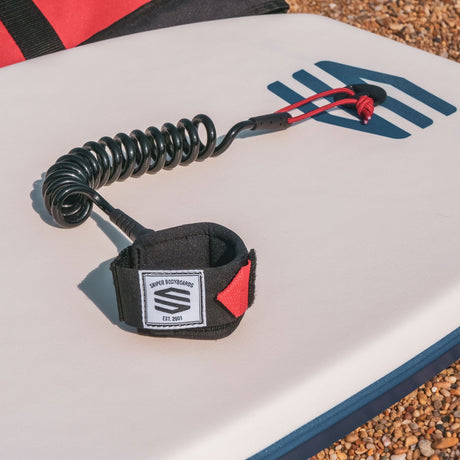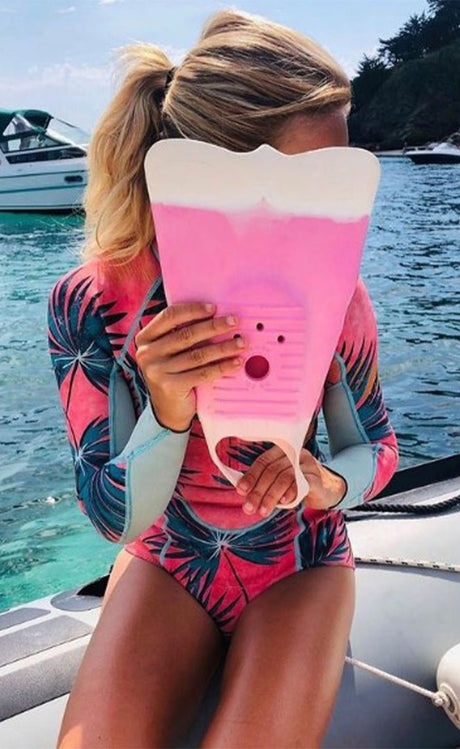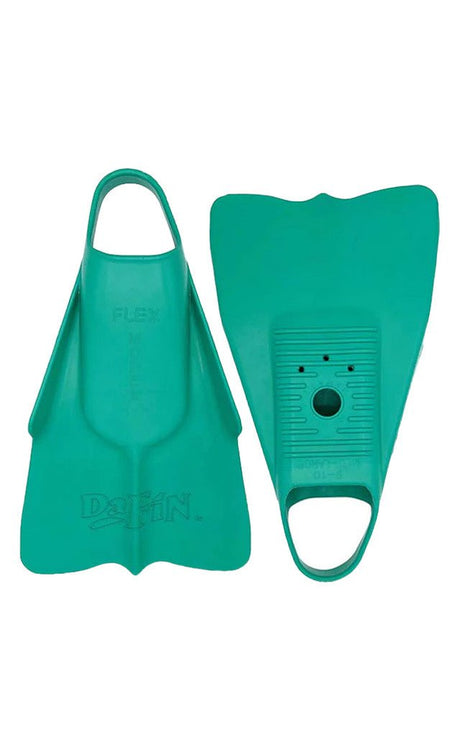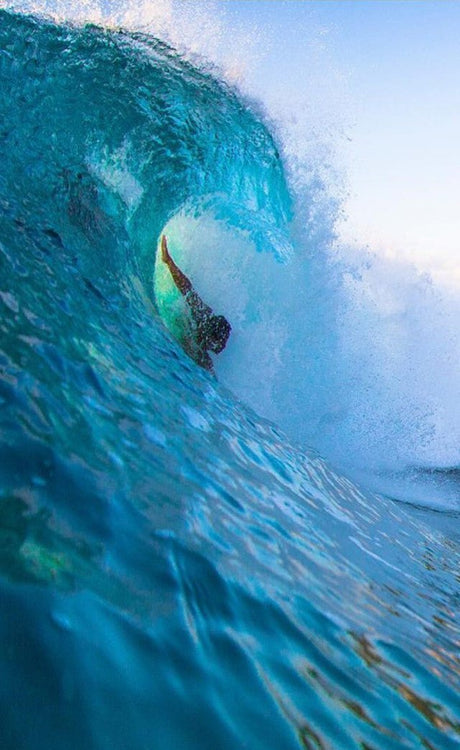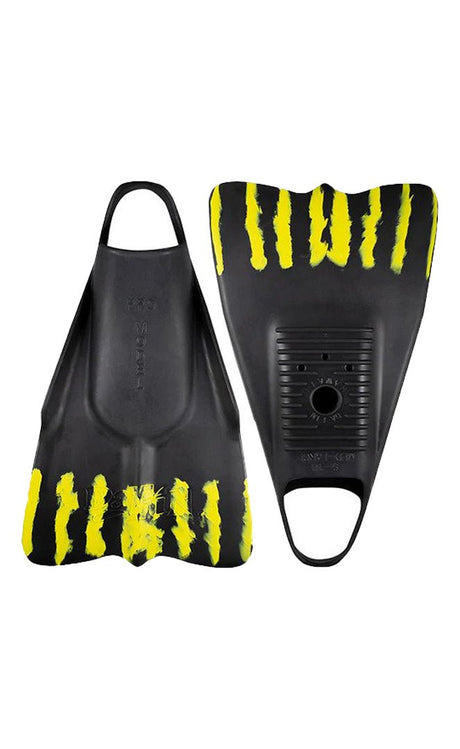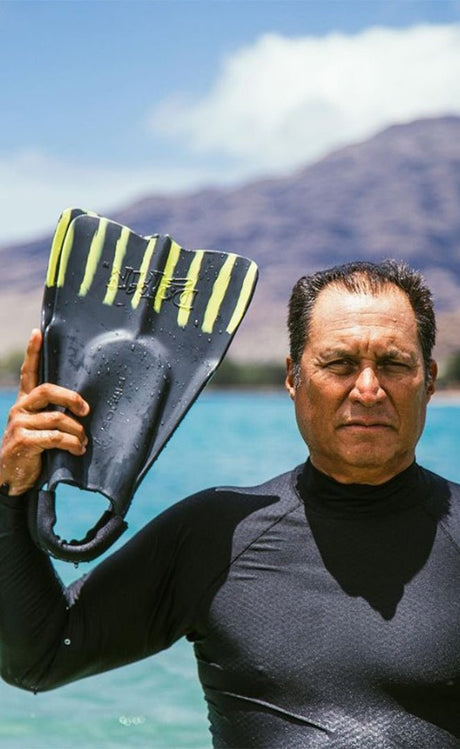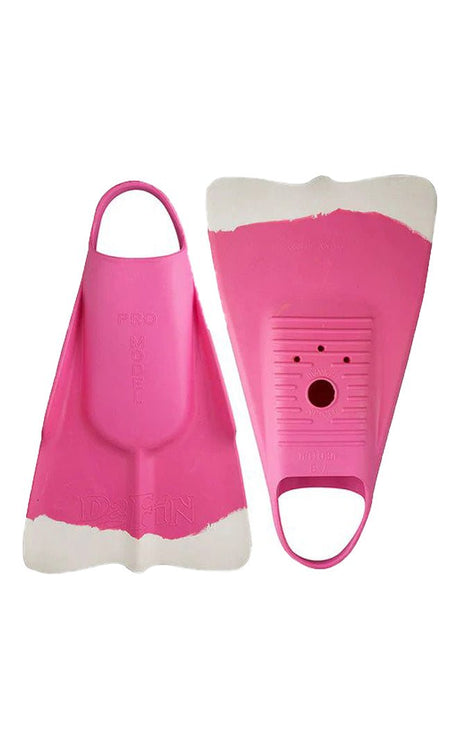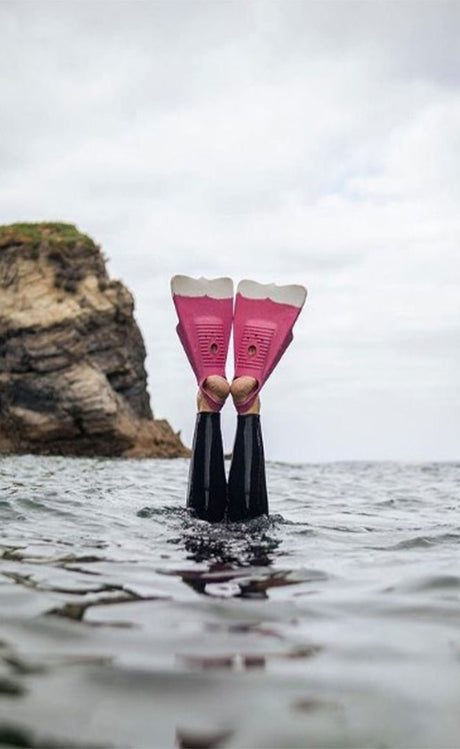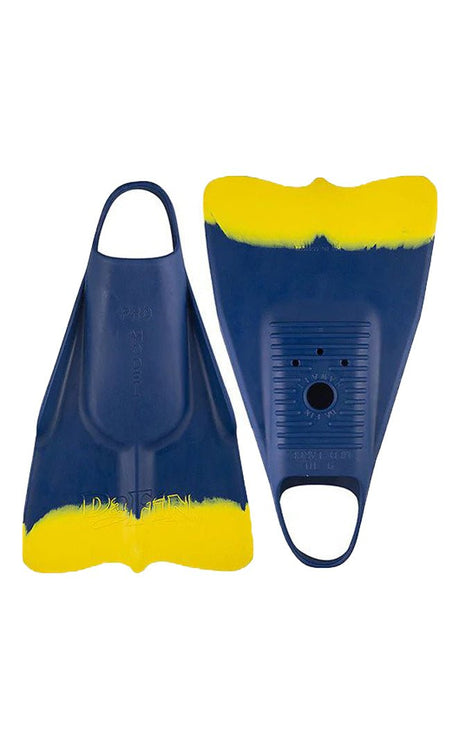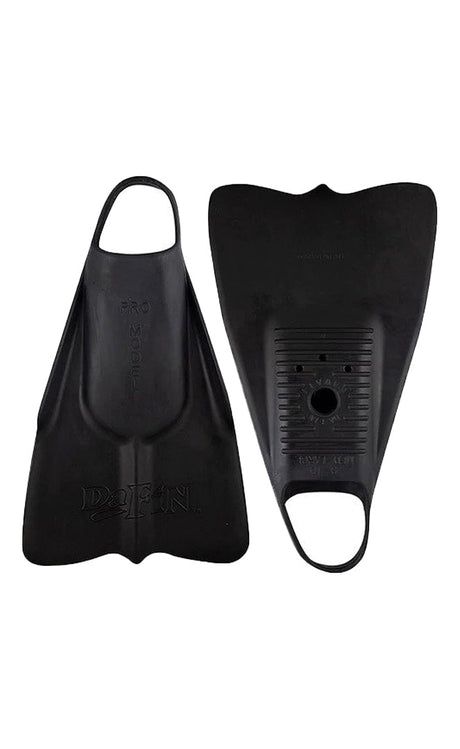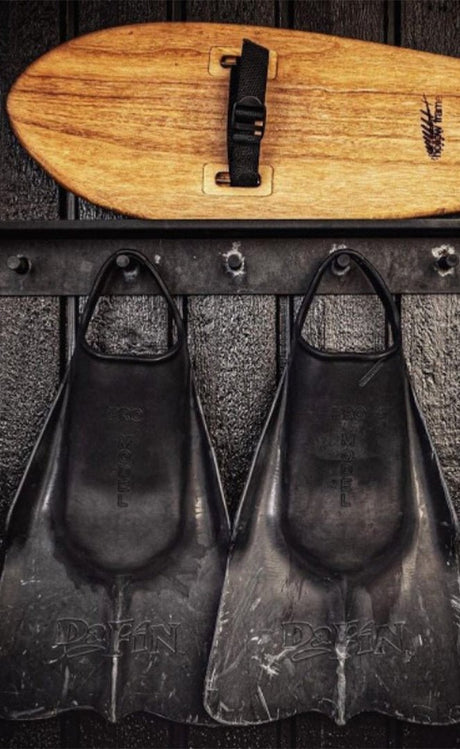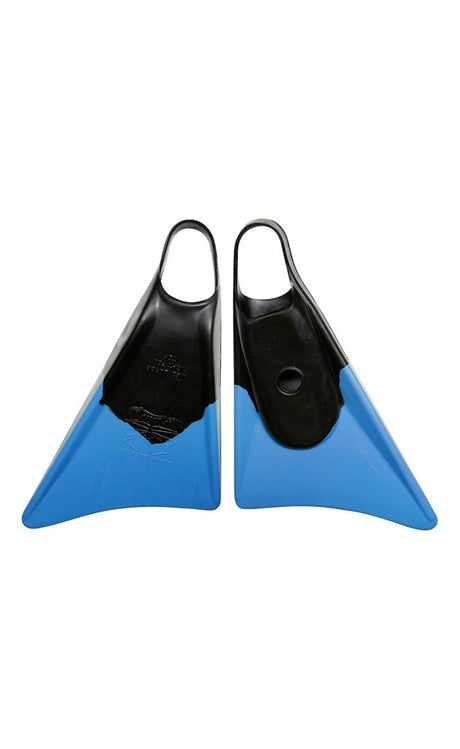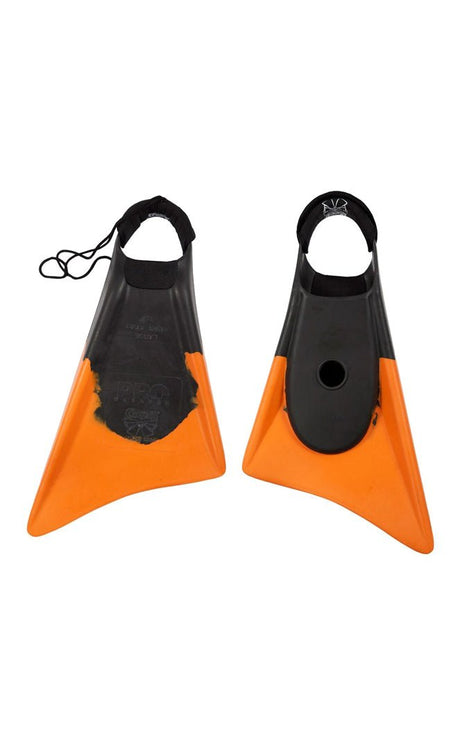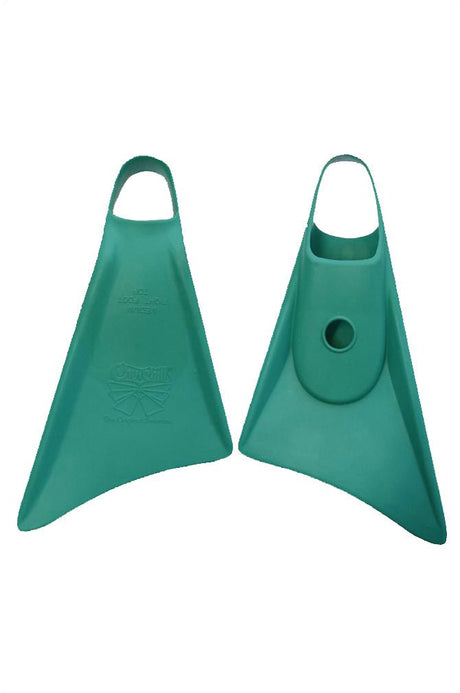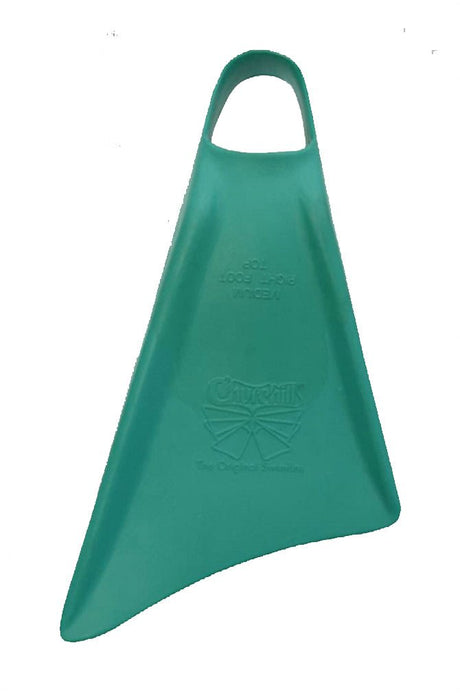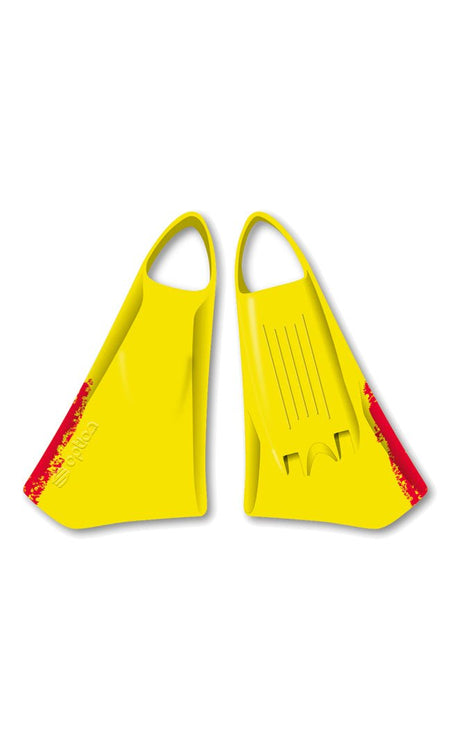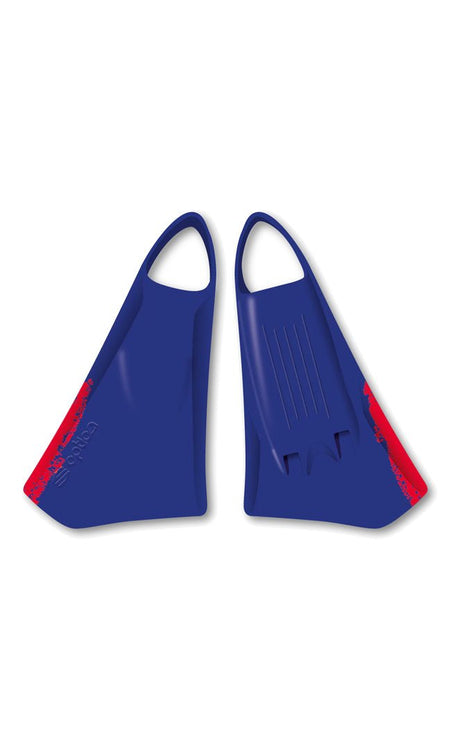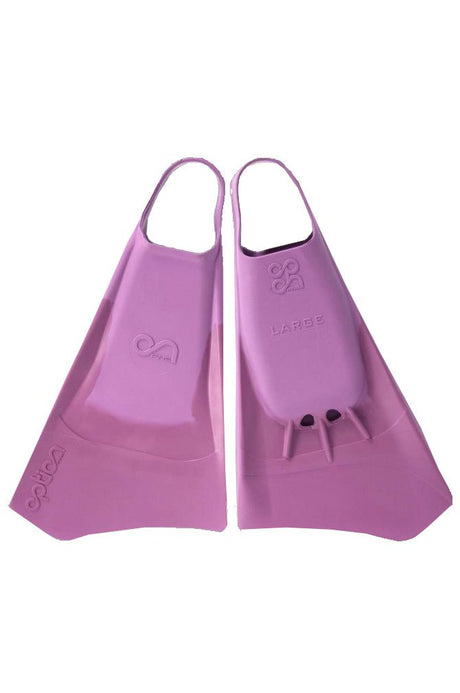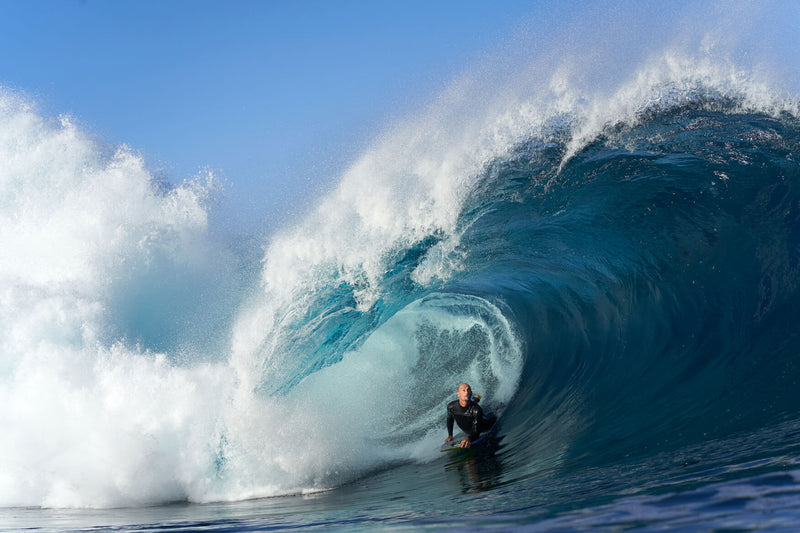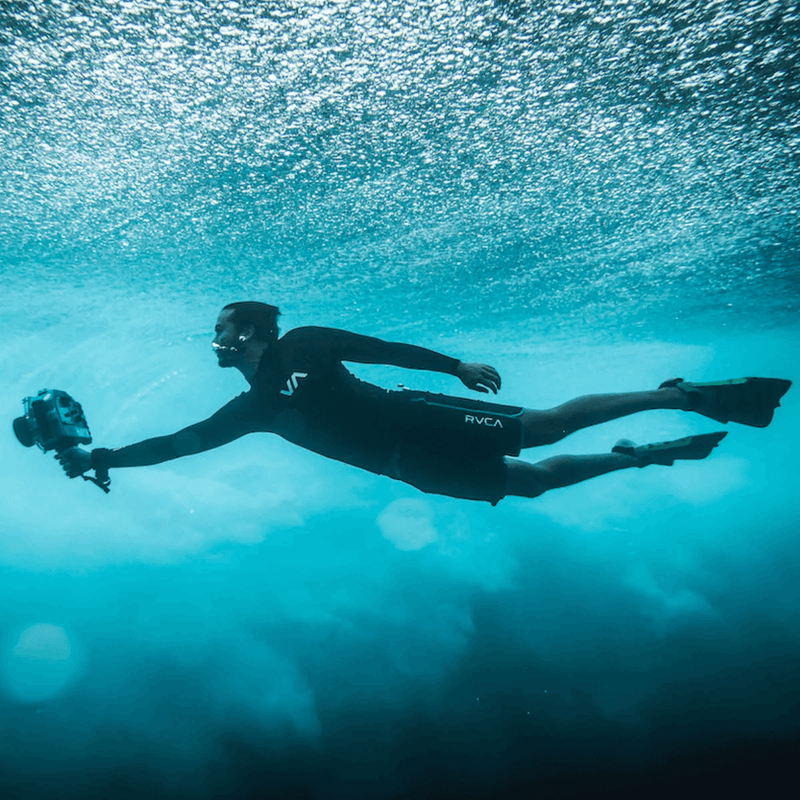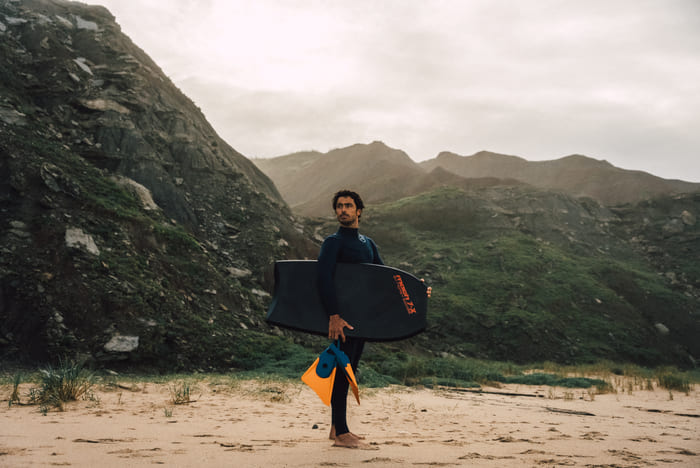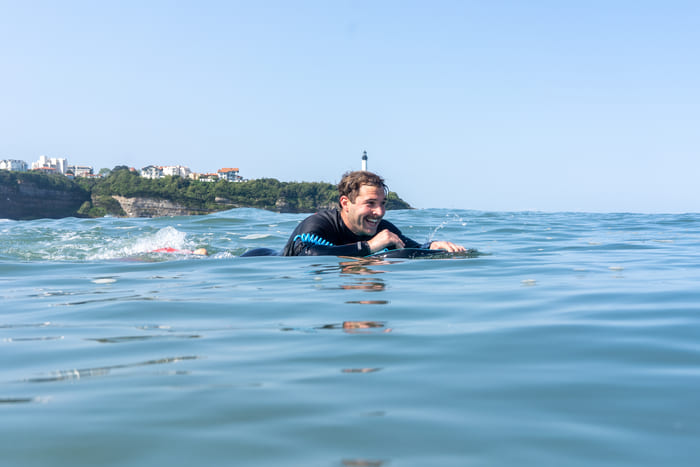Base materials: Epoxy, PP, PE, and EPS
The names Epoxy, PP, PE, and EPS refer to the different types of materials found in the construction of a bodyboard. It is important to know their specific characteristics in order to make an informed choice when purchasing your board.- Epoxy : It is a thermosetting resin often used for the construction of different types of water sports boards. Boards made with epoxy offer great durability and excellent impact resistance.
- PP (Polypropylene): PP is a lightweight thermoplastic polymer that offers very good resistance to water, UV rays, and impacts. PP bodyboards therefore have a long lifespan and are particularly lightweight, making them ideal for experienced surfers seeking maximum performance.
- PE (Polyethylene): PE, also known as high-density polyethylene (HDPE), is a thermoplastic polymer that offers good resistance to water and impact. PE bodyboards are heavier than those made of PP, but offer better flexibility and are therefore suitable for beginners as well as intermediate surfers.
- EPS (Expanded Polystyrene): It is a lightweight material that offers good buoyancy as well as some flexibility. EPS bodyboards are generally less expensive than those made of Epoxy or PP, making them ideal for beginners on a limited budget.
The choice of construction based on your level
Bodyboards for beginners: prioritize safety and comfort
When starting out in bodyboarding, it is essential to choose an appropriate board to learn the basics safely and with the maximum possible comfort. Thus, constructions in PE or EPS will be favored, as they offer good flexibility to facilitate turns and maneuvers, while ensuring sufficient buoyancy. Additionally, it is important to consider the size of the bodyboard: a bodyboard that is too large will be difficult to maneuver, whereas a bodyboard that is too small will make movement in the water more difficult. The choice of size will therefore partly depend on your weight and height, but also on the buoyancy offered by the chosen construction material.
Bodyboards for intermediate surfers: finding the right balance
Once you have progressed and mastered the basics of bodyboarding, it is time to move on to a board that will allow you to improve your performance while ensuring a certain level of safety. Boards made of PE and PP are often the best options for intermediate surfers, as they offer both good flexibility and sufficient resistance to shocks and impacts. Regarding the size of the bodyboard, the same rule applies as for beginners: make sure to choose a board suitable for your height and weight, taking into account the density of the material used.
Bodyboards for experienced surfers: prioritize performance
For experienced surfers, the pursuit of performance and speed will be at the heart of concerns. Constructions in PP or Epoxy are recommended in this case, as they offer great resistance to water, UV rays, and impacts. They also have a lighter weight, which further facilitates movements and maneuvers in the water, with the constant need to adapt the size of the board to one's measurements for better ergonomics.In conclusion, the choice of the construction of your bodyboard mainly depends on your level of experience and the priorities sought (safety, comfort, performance...). Also take into account the size and weight of the board to ensure you can maneuver effectively in the waves. Don't hesitate to seek advice from professionals or experienced practitioners to make the best possible choice.

